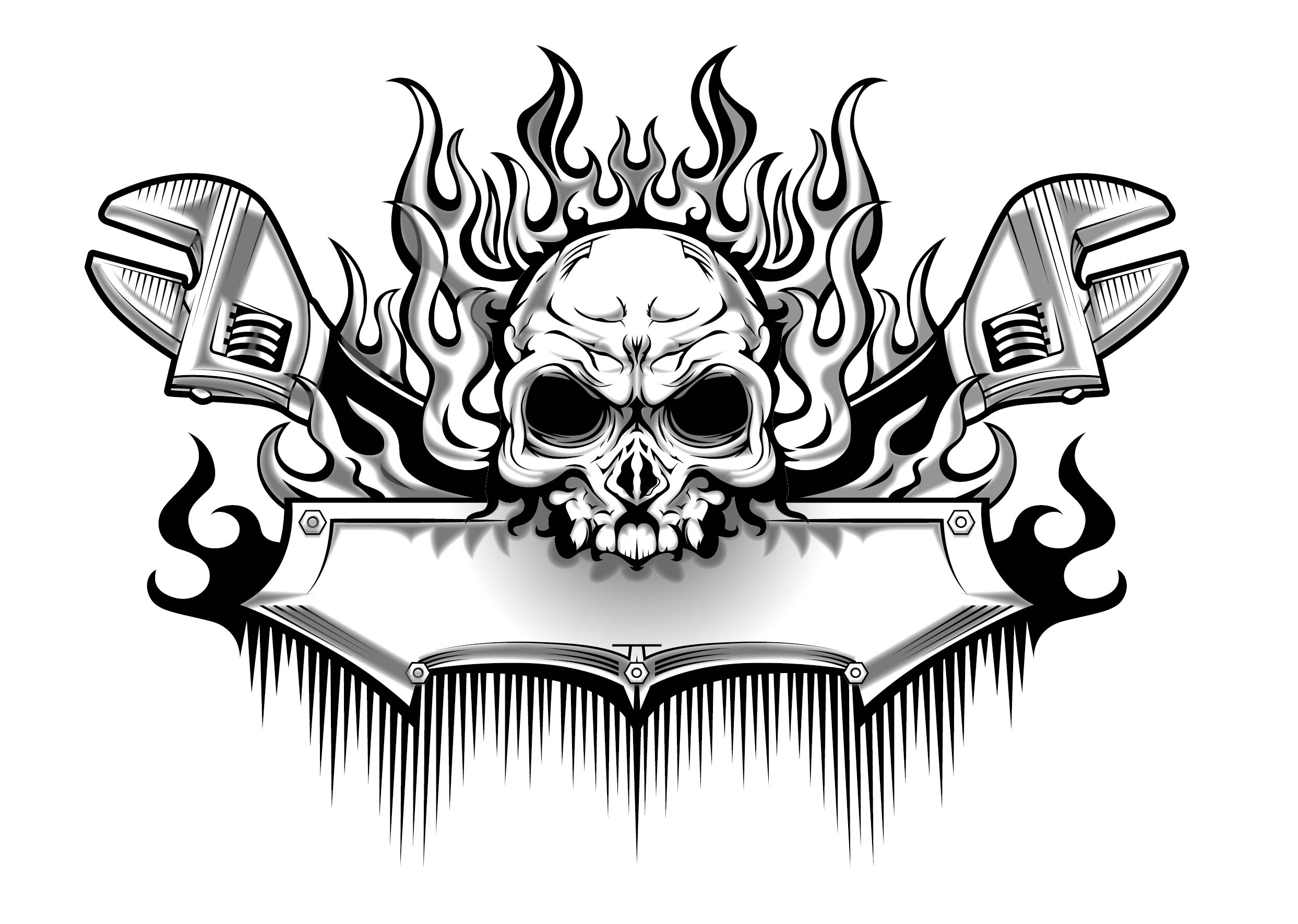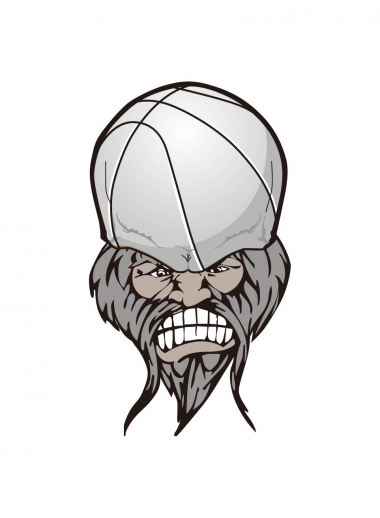For icon design, resolution independence guarantees logos, symbols and other marks remain clear and sharp in any digital or print context. Scalable stroke weights and spacing likewise adapt icons for readability at any size. And unlike bitmaps, vectors allow tweaking individual icon elements after creation rather than redrawing from scratch. This postproduction adaptability accelerates iterating toward icon recognition perfection.
Principles for Intuitive and Impactful Icons
When used thoughtfully, even basic shapes can become memorable icons that elegantly communicate complex ideas. Effective icons distill complexity down to symbolic essence. But what makes for truly intuitive and impactful iconography? Though styles vary, timeless icons often share these traits:
● Simplicity of shape and concept
● Strategic yet restrained use of color
● Clean lines with few superfluous details
● Consistency and alignment within a set

By embracing simplicity early in conceptual modeling, we give users the best chance of quickly grasping meaning. This clarity also enables richer impressions as an icon set’s visual language accrues context through recurring application over time.
Thinking Responsively Across Applications
The most broadly useful icon sets account for their target mediums and applications during design. Icons destined for mobile and web apps warrant different considerations than those appearing in print.
For digital use, scalable SVG icons better adapt to ever-higher pixel densities whereas bitmap exports suffice for fixed dimensions like print. Designing early for animation can likewise add life to user interactions. Establishing an intelligent default size while previewing scaled reductionsspotlights where shapes risk losing meaning when shrunk.
Regardless of medium, space should be left around key focal elements to keep icons from feeling cramped even at small sizes. And alternate versions can address stylistic conventions across platforms, say outline-styled icons on Android versus filled glyphs for iOS.
Walkthrough: Designing a Custom Icon Set
To put some of these principles into practice, let’s walk through a hypothetical project designing a custom icon set for a mobile shopping app.
We begin by drafting simple line concepts aligned to needed icons like cart, search, user profile etc. Focusing on symbolic essence devoid of extras, we hone individual icons and then refine consistency across the full set. Exporting to PNGs, we can visualize scaled reductions to catch potentially ambiguous shapes early.
With concepts solidified, importing our sketches into vector editing tools like Illustrator yields more polish and precision. Here we leverage layers to tweak colors, lines and gradients while retaining crisp definition at any size. After establishing final single-color and filled variants, we arrange frames on a sprite artboard for bulk SVG exporting.
As a final flourish, we add small animated touches like hover-triggered search lens magnification reserved for the app’s SVG icon integration.
Conclusion: Level Up Your Icon Design Chops
Hopefully the case highlights how starting simple while designing responsively sets up icons for legibility and longevity across contexts. Scalable vector graphics empower this device-agnostic readiness while opening new motion possibilities unavailable through PNG bitmaps alone.
By embracing vectors early on, keeping concepts focused, and anchoring consistency across iterations, icon designers can yield deceptively simple sets that intuitively impart meaning for years to come. The resonant brands all have one thing in common—exceptional iconography worth studying for inspiration. So grab your vector drawing tools of choice as we forge the next generation of icons ready for any application.
Let me know if you would like me to elaborate on any section or modify the tone/content further!



